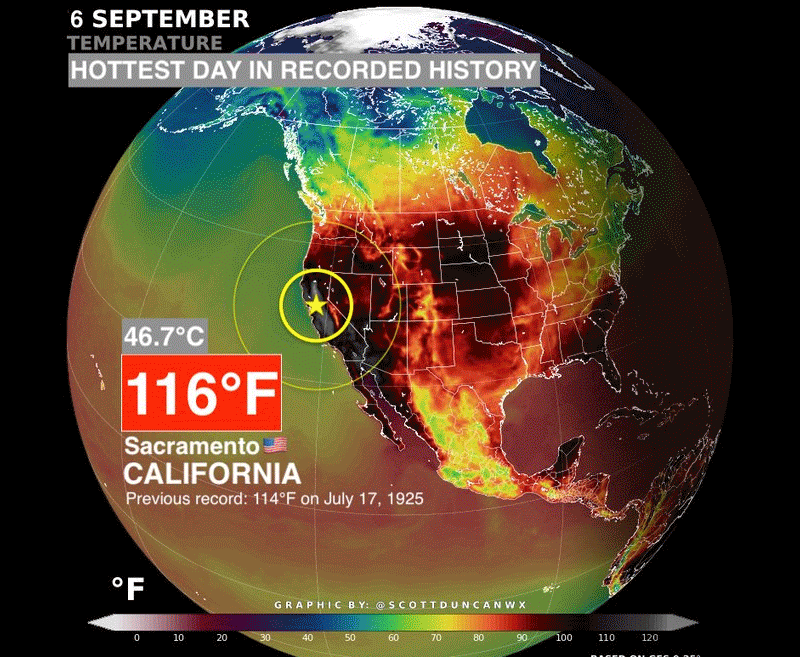CLIMATE BREAKDOWN: FLOOD DROUGHT FLOOD

Global Warming is drying up the world’s rivers and lakes
The Earth’s waterways are shrinking and drying due in large part to global warming. While La Nina and human intervention also play a role, the over-riding factor is radicalized weather patterns driven by climate change. Extended drought in the American Southwest, Europe and China are affecting larger areas of agricultural output, threatening crops in millions of square miles of farmland.
Rhine River, Lake Mead, Euphrates River, Yangtze River, Lake Powell, Thames River, Poyang Lake, Po River, Danube River, Great Salt Lake, Lake Shasta, Colorado River, Waal River, Lake Oroville, Platte River.
Floods and mudslides displace millions \ $10s of billions damage
Pakistan, melting glacier outbursts are contributing to a historic inundation that has covered a third of the country.
The capital of Mississippi is without drinking water as the result of massive flooding and decades of shameful water management policies, a situation that may last weeks of months
Lethal floods in eastern Kentucky were exacerbated by global warming driven rainfall and environmental destruction of the hills from strip mining and logging.
Hundreds of thousands were evacuated during yet more unprecedented floods in southern China
Dallas: record floods hit drought stricken North Texas
Monday SEPTEMBER 19
PAKISTAN: SCALE OF DEVASTATION OFF THE CHARTS

More
Wednesday SEPTEMBER 14
CLIMATE REFUGEES RELOCATING AS GULF SWALLOWS LOUISIANA

WEDNESDAY SEPTEMBER 7
HIGH TEMPERATURE HITS 116°F IN SACRAMENTO

For the fifth day running, an extended heat dome is bringing 110°F + temps to a vast area of the western US, breaking high temperatures from Los Angeles to Utah. Wildfires are wiping out entire neighborhoods.
While those numbers are alarming enough, There are two other factors that make this event even more dangerous to humans:
- Increasing global humidity intensifies danger to humans
- Rising average overnight “low” temperatures
Increasingly, global warming is causing higher levels of humidity, which inhibits the body’s ability to cool itself. The high humidity blankets the earth’s surface, trapping heat and extending daytime heat levels into the overnight.
This is the second factor: nights are warming faster than the days, which prevents humans and the natural world in general from recovering the day’s highs.. Biologically speaking, overnight temperatures of 85% simply do not allow the human body to cool. When heat domes last for a week or longer, the effects of high lows and high humidity become cumulative, at some point triggering organ failure.
T
